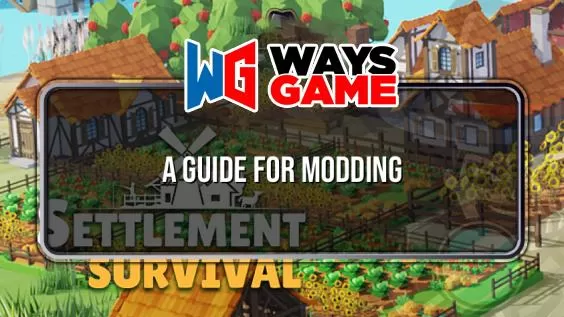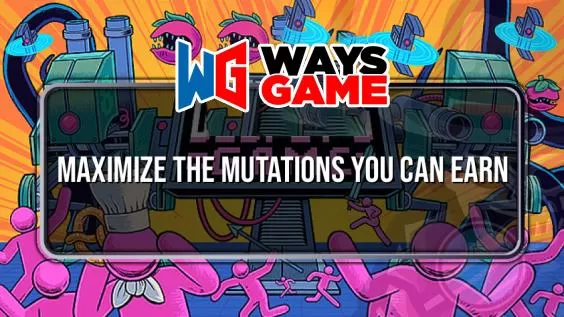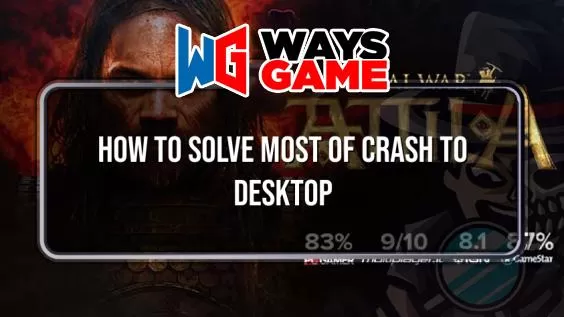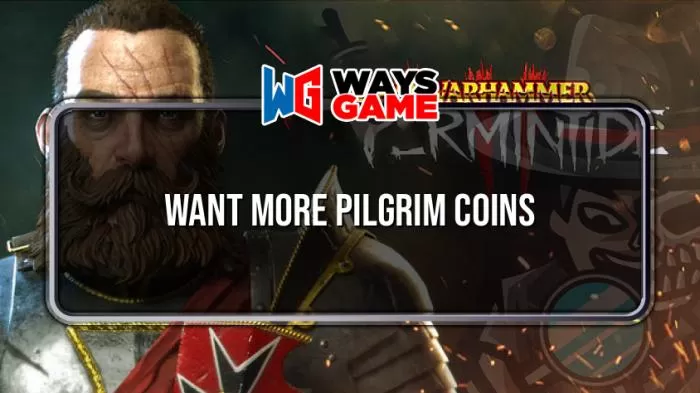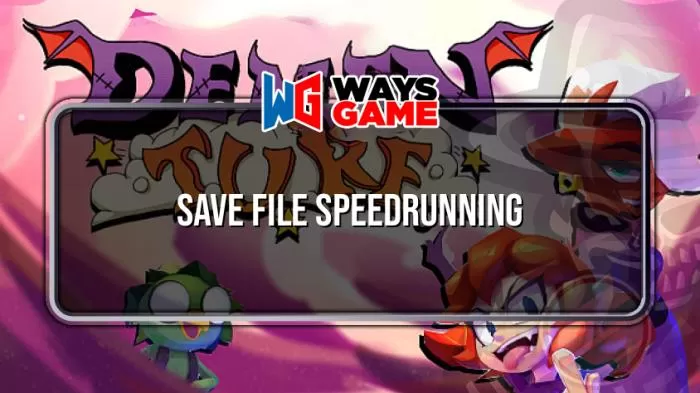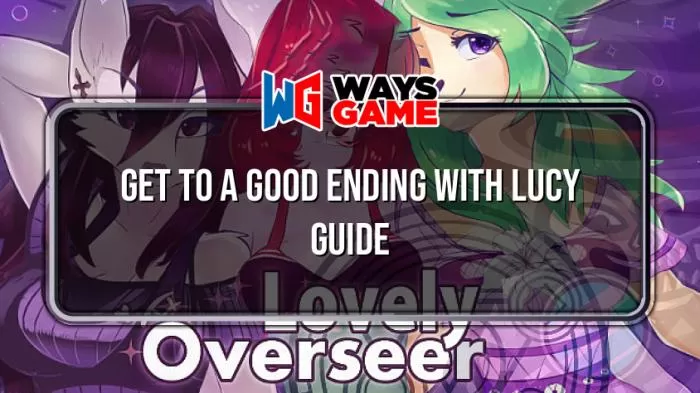“The Art of Fire & Maneuver” is aimed at explaining the mechanics & basic combat principles of F&M to newer players, while also providing in-depth tactical & strategic advice to more experienced players.
PLEASE READ FIRST!
Things to note:
- WARNING: This guide was created during the alpha version of the game, thus many things in this guide may be misleading or outright wrong depending on when you read this. I will attempt to keep up with any changes by updating this guide, but if an update significantly changes gameplay or mechanics I cannot promise that I will rewrite the entire guide to update it.
- As this guide was written during the alpha version, some bugs may break or change some elements of the game until they’re fixed. This guide will be ignoring any bugs that might alter or outright break any tactics & strategies, as it would be pointless to alter the guide for these if they’re going to be fixed soon.
- This guide a*sumes that the reader (you), knows & understands the core concepts of how the game Fire & Maneuver works. (i.e. simultaneous turns, tile based system, armies are comprised of different regiments, ect.)
- Some information may or may not be biased or based on opinion, I’m just a human writing this guide after all.
- When I talk about strategies, I am referring to the overall actions of the entire army on the map (as well as army compositions). When I talk about tactics, I am referring to the actions of a single or small group of regiments on a specific or small part of the map.
- Other than chapter 1 that explains game mechanics, I will try to keep tactical & strategic explanations somewhat abstract. The reason is that the goal of this guide isn’t to teach & explain exactly what to do in every possible situation (Which would be impossible by the way.), but to teach players how to think in certain situations.
- If you spot any errors (Anywhere from wrong information to a simple typo), please let me know & I will fix them when I can.
Index
Chapter 1
- Understanding F&Ms Damage System
- Understanding Formations
- How Charging & Melee Works
Chapter 2
- Basic tactical thinking
- How to effectively use artillery & cavalry
- How, why, where, & when to use entrenchment
Chapter 3
- Army composition
- Nations
- General tactics & strategies
Chapter 1
The first chapter of this guide focuses on teaching & explaining the damage system, formations, as well as charging & melee to newer players. If you’re brand new I highly suggest reading this chapter, however if you’re more experienced & are looking for tactics & strategies rather than explanations of mechanics, you can skip this chapter.
Understanding F&Ms Damage System
In order to effectively & efficiently inflict damage upon the enemy, the first thing you must understand is how F&Ms damage system works (if you already know how F&Ms damage system works you may skip this section). This section will not cover charges or melee, that will be covered later.
The base range damage for all units is 1, however this changes depending on formation. A regiment that attacks frontally deals no extra damage, if it attacks from the side it deals 1 extra point of damage, & if it attacks from the back it deals 2 extra points of damage.
The next mechanics are cohesion & attrition, these are important so pay good attention! When a regiment loses all of it’s cohesion, damage will be inflicted on it directly thus damaging companies within the regiment. If a regiment loses all of it’s companies, it is destroyed & removed from the battlefield. However if a regiment is not bordering any enemy regiments (straight & diagonally), it regains all of it’s cohesion at start of the planning phase.
If a regiment has less than half of it’s cohesion left, it will have attrition applied to it (represented by a skull). If a regiment conducts any maneuver order while attrition is applied it will lose a company, regardless of if there’s still some cohesion left. The only way to remove attrition is to restore cohesion.
Also note that the disciplined range perk increases the range damage of that regiment by 1 point, & the skirmisher perk makes that regiment unaffected by attrition.
Understanding Formations
– – – – –
Line formation
- 1 tile movement
- 3 tile firing arc
- +1 range damage
Line formation is what your infantry will spend most of their time in, as it provides +1 range damage. If your infantry is about to get into combat I highly suggest putting them into line formation unless your plan requires another formation to be effective.



– – – – –
Attack column
- 2 tile movement
- 1 tile firing arc
- +1 charging damage
Attack column is good for mobility while still allowing the regiment to engage in ranged or melee combat, thus making it useful for flanking/surrounding maneuvers & charges. However you must use attack columns carefully as they do not have extra damage like the line formation.



– – – – –
March column
- 2 tile + diagonal movement
- Cannot conduct a fire order
- Vulnerable to damage
March columns are very mobile however they are vulnerable & cannot conduct a fire order, thus this formation is only useful for moving regiments close to the frontline or to quickly take position in a key area.

– – – – –
Square formation
- Cannot move
- 360 degree firing arc
- Completely resistant to charge damage
- Very vulnerable to range damage
Square formations are useful for defending or fending off major cavalry attacks, & have a 360 degree firing arc. However personally I find this formation to not be very useful, as sacrificing movement & being decimated by any ranged attack isn’t worth it in my opinion.

– – – – –
Extended order
- 1 tile movement
- 180 degree firing arc (90 degree firing arc if facing diagonally)
- Resistant to range damage
- Receives +1 damage when charged
Extended order is useful for moving up regiments while reducing the amount of range damage taken, especially if you’re going up against Krupp guns for example. However for 1 tile movement, it’s better to switch to line formation once you’ve reached the enemy and need extra damage more than range resistance and/or a wide firing arc. It’s also good not to get too close to the enemy in extended order as you receive more damage from a charge in this formation.



– – – – –
How charging & melee works
Charging is cla*sified as a fire order, thus a regiment cannot shoot and charge in the same turn (unless it has the breech-loading perk). In order to conduct a charge order the regiment must be adjacent straight to the enemy regiment you want to charge, however cavalry can also charge diagonally. Charging also does flanking damage, the same as ranged damage (+1 from the side, +2 from the back). Remember that a frontal charge deals no damage without a charge bonus, just keep that in mind.
As soon as the battle phase ends, melee damage is calculated. If a regiment is engaged in melee, it will deal 1 damage to the enemy regiment (charging bonuses do not count, as they are already in melee). Thus having 2 regiments in melee will deal 2 damage to the enemy regiment at the end of each battle phase.
At the time of writing this shooting into a melee engagement is somewhat broken, so I’ll cover that when it’s fixed.
Chapter 2
The second chapter of this guide focuses on fundamental tactics, how to effectively use artillery & cavalry, as well as how to best use entrenchment.
Basic tactical thinking
Now that you know the mechanics of the game, we can finally get to tactics! Infantry will almost certainly comprise most of your army, so understanding infantry combat before anything else is key. However remember that there are many different types of infantry & thus many different infantry vs infantry engagements, so this section of the guide will be somewhat abstract.
When you plan to attack with your infantry, it is always good to bring superior numbers than the enemy regiments you plan to attack. The more infantry you have the more damage you can do, while also making it harder for the enemy to fully repel the attack. If you can safely retreat a regiment to quickly regain cohesion while still being close to the fight, it can be very valuable to do so. Remember that the less infantry you have, the less likely you are to succeed in an attack.
The key to defeating your enemy in an infantry engagement is to think about what he will do, and you must counter what you think he will do while also being flexible enough so you can react to anything he does that you didn’t expect. Here’s an example with pictures so you understand the basic concept:


.)
Pretend that the outlined tile is an enemy regiment facing south. On our first turn (first screenshot) we move up both regiments and fire, covering the enemy regiment in the event that he moved in any direction but northward. This way if he moved south to attack at the same time, we fire on him from both sides while also dealing +1 flanking damage. If he moved west or east we’d still get one or two (depends if we have breech-loaders) shots off. If he retreated northward we might not deal any damage, but we’ve pushed the enemy back & captured ground.
Let’s say that he didn’t move the regiment, but instead fired with it or maybe completely ignored it. On our second turn we can a*sume that he’ll likely retreat to avoid being surrounded, so we move up both regiments to a position where we can still fire at him if he does that. At this point we’ve covered any means of safely escaping for the enemy; if he moves east or west he engages in melee with our regiments, & if he moves north or south we still get 2-4 shots on him from both sides.
An important thing to note in this example is how we did not turn our regiments diagonally upwards on our second turn like we did on the first, because if we did that & the enemy moved south it’s possible he could’ve gotten 1-2 side shot(s) on our regiments. While that would be unlikely to happen, it highlights my point that you should plan to counter as many different possibilities as possible. (That statement goes for all tactics & strategies regardless of any variables.) Another important thing to note is that this example could’ve played out drastically differently depending on the order of orders given by each player, the example a*sumes that the enemy player’s first order(s) were given to that specific enemy regiment.
This section of the chapter didn’t explain about offensive/defensive tactics, rifles & breech-loaders, different types of infantry with different stats & perks, ect. It was meant to teach how to think during these situations, rather than exactly what to do.
If this section was a bit too complicated to get my point, basically what I want you to understand is that: You should always try to make your plans as reliable as possible, in case an unexpected or unlikely outcome occurs.
How to effectively use artillery & cavalry
Let’s start off with artillery, the first thing to remember is that artillery should never be unsupported. Artillery should always have nearby infantry to protect it’s flanks, provide cover, & provide a distraction for it in the case it needs to fall back, as (most) artillery has the cumbersome perk & only 2 cohesion. Artillery should take position to either defend or support an attack, as pushing up with artillery even with infantry support can be risky especially if the enemy has the numbers, mobility, or simply time to flank/surround you. Unless you’re using breech-loading artillery you will deal a negligible amount of damage, thus using artillery to provide supportive fire in an offensive plan is suggested rather than using it on it’s own.
Cavalry is in many ways the opposite of artillery yet also similar. Most cavalry do not have ranged fire & thus rely on mobility & charging to inflict significant damage upon the enemy. While using cavalry unsupported isn’t a bad idea, it’s likely to be alot more effective & efficient when supporting or being supported by infantry & artillery. While there are different types of cavalry for slightly different purposes, they’re generally best used to hara*s or flank the enemy to support infantry or artillery.
How, why, where, & when to use entrenchment
In order to use entrenchment, look at the fire order buttons & click on the one with a pickaxe. Entrenchment deals 1 damage to any enemy regiments that conduct a maneuver order, as long as they’re moving inside or into the range of the entrenched regiment. However if an entrenched regiment conducts any maneuver order itself, it immediately loses it’s entrenchment.
Entrenchment can be very useful for artillery to lock down a large area, or for infantry to get extra damage while defending a key position. If you want to lock down a large area or prepare to defend a large push from the enemy, entrenching artillery is a good idea. If you want to defend a key defensive position (like a bridge for example) or prepare to defend a large push from the enemy, it can be very useful to entrench infantry. (Also note that rifled infantry is better for entrenching, as they have more range.)
While entrenchment can be very useful, it can’t be used after a maneuver order in the same planning phase. You must also consider how beneficial entrenching the regiment(s) is, as each entrenchment order takes up a valuable order slot for that planning phase that could be used for something more important. If you find that the situation could benefit from entrenchment or you have extra orders you don’t know what to do with, entrenchment can help a defensive plan in the long-term.
Chapter 3
Chapter 3 focuses on army composition, nations, as well as general tactics & strategies.
Army composition
The first step to achieving victory in any F&M battle is before the battle even starts; your army composition! What your army is designed for will play a significant part to how you go about the battle, as well as what the enemy’s army in designed for.
An army composition should almost always consist at least 50% or more of infantry, as infantry is the core of your army. While artillery can be very powerful it’s best not to buy too many artillery pieces, as they’re expensive & are not effective in any situation without infantry or cavalry support. Cavalry is good for hara*sing the enemy & supporting infantry & artillery, but are relatively weak for their cost so I suggest buying no more than 2-3 cavalry regiments.
A key tip that most people don’t know about is that the order of how you buy your units actually matters, look at these pictures for a quick explanation:


It goes left, right, left, right, ect. While in most cases you don’t have to worry much about this, it could be somewhat useful in an in-depth strategic plan.
Nations
(The rosters for each nation have not been completed & there are currently only 4 out of the soon to come 7 nations, so take this section with a grain of salt depending on when you read this.)
Each nation has their own units, playstyle, & most importantly: music! Seriously though this section will be talking about the (current 4) nations’ playstyles, as well as my own advice about them.

The first nation is France, with an overall well-rounded force to make up for their lack of uniqueness. Their units may not have anything special going for them, but because of that they’re relatively cheaper than most other nations. Honestly I don’t play France much so I can’t give much info about them.

The second nation is Germany, with their efficient troops & deadly artillery. German infantry relies on their efficiency perk & their default equipped breech-loaders, allowing them to conduct 2 maneuver & fire orders in the same turn. Attack column is more useful for German infantry as they can quickly move up in it, then switch to line formation AND fire at the enemy all in the same turn. Germany’s deadly Krupp guns can rain 3 damage artillery fire twice per turn over a 5 tile range, thus making it excellent at locking down an area for defense or providing fire support for an attack. However if you don’t use your mobility & artillery effectively & efficiently, you might give your enemy a valuable chance to take you down. Germany is a good choice for players looking to crush their enemy with quick mobility & firepower, and/or lock down large areas with intense fire for defense.

The third nation is Britain, with all of their infantry getting the disciplined range perk at a steep cost. British infantry relies on their extra damage & their default equipped rifles to deal alot of damage from range to compensate for their lack of numbers. If used well British infantry can be an efficiently deadly force, but can also be easily overwhelmed by superior numbers if the situation is not handled well. Britain is a good choice for those who want a smaller but deadly force, & have enough experience in the game to handle them well.

The fourth nation is Russia, with a large, cheap, & overwhelming, but relatively disorganized force. Russian infantry relies on superior numbers to attack, surround, & overwhelm the enemy with the Russian horde. However you must keep an eye on how much infantry you have left, has standard Russian infantry is disorganized & thus takes x2 attrition. Even the Russian horde can be easily stopped by the enemy if you don’t handle your army correctly, & they take up good defensive positions. Russia is a good choice for those who like to overwhelm the enemy with the superior numbers of the Russian horde, however even it can be stopped if an inexperienced commander is in charge.
General tactics & strategies
This section will be short & somewhat abstract, as without an exact situation I can’t give any exact advice or opinions.
General tactics should be focused on dealing as much damage as possible to the enemy, while also taking as little damage. E.g. Ordering a couple infantry regiments to fire at an advancing enemy, then retreating. E.g. Ordering a regiment that’s under attack to fire then retreat, then ordering another regiment to push up & take it’s place.
General strategies should be focused on either aggressively attacking the enemy, holding a strong defensive position, or switching from one to the other mid-battle to take the enemy off guard. E.g. Pushing the enemy back into a defensive position while doing damage with quick German infantry, then moving up & bombarding them with Krupp guns after they start entrenching & preparing for a defense. E.g. Creating a long defensive line with the Russian horde, then closing in on the enemy from the west as their army clashes with your entrenched infantry in the east.
Updates, Credits, & Last Remarks
Update list below:
- 12/24/2021 Published this guide
- 12/24/2021 Added pictures of nations’ in-game descriptions to the “Nations” section in chapter 3.Added short video example in chapter 2. (Provided by The Belgian Guy.)
If you have any questions or suggestions make sure to leave a comment on the guide, and I’ll (probably) respond! If you’d like a more reliable & direct way of contacting me you can find me on the official F&M discord server. Any suggestions you have would be greatly appreciated, & if you liked it make sure to leave a like!
Below are the the credits, it will list people’s names and contribution(s):
3Taylor – Created this guide! 😀
That Belgian Guy – Made a video version of my example! (In chapter 2, “Basic tactical thinking”.)
I hope you enjoy the The Art – Fire & Maneuver guide. This is all for now! If you have something to add to this guide or forget to add some information, please let us know via comment! We check each comment manually!
